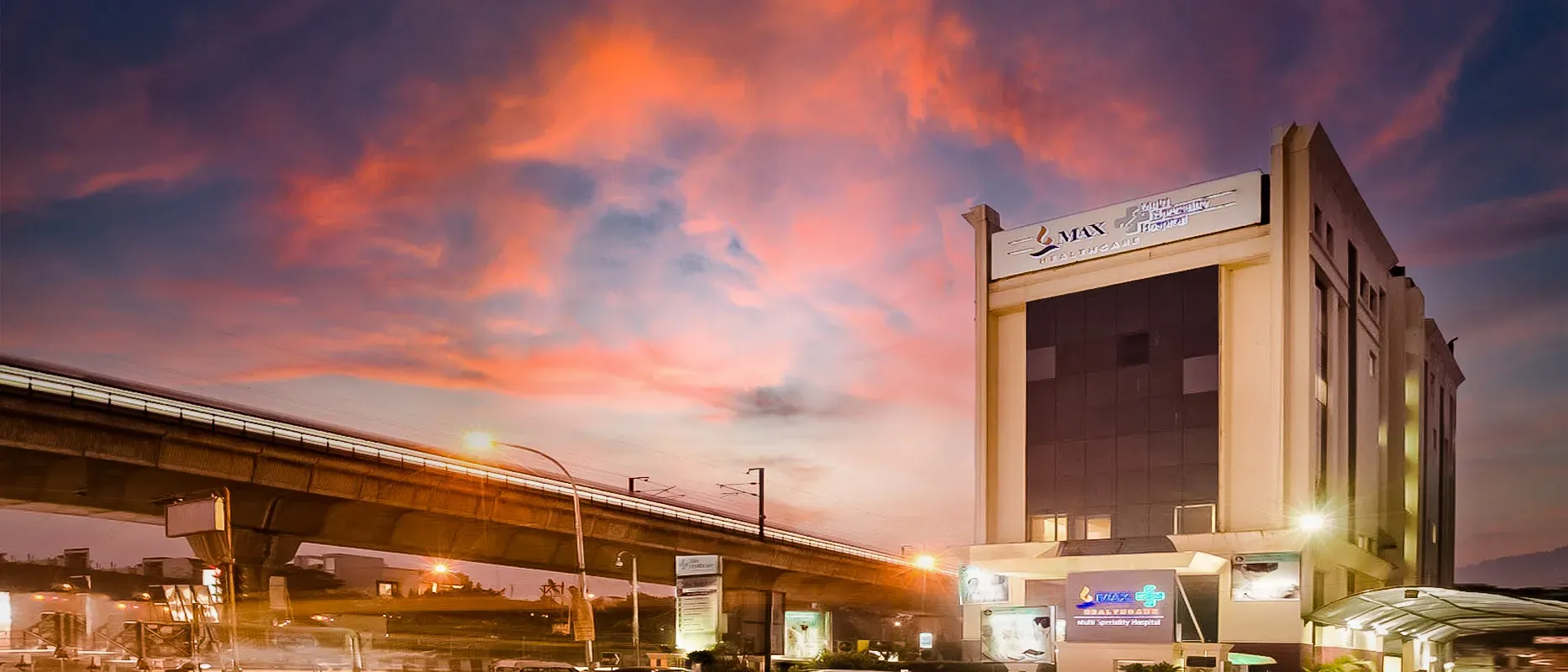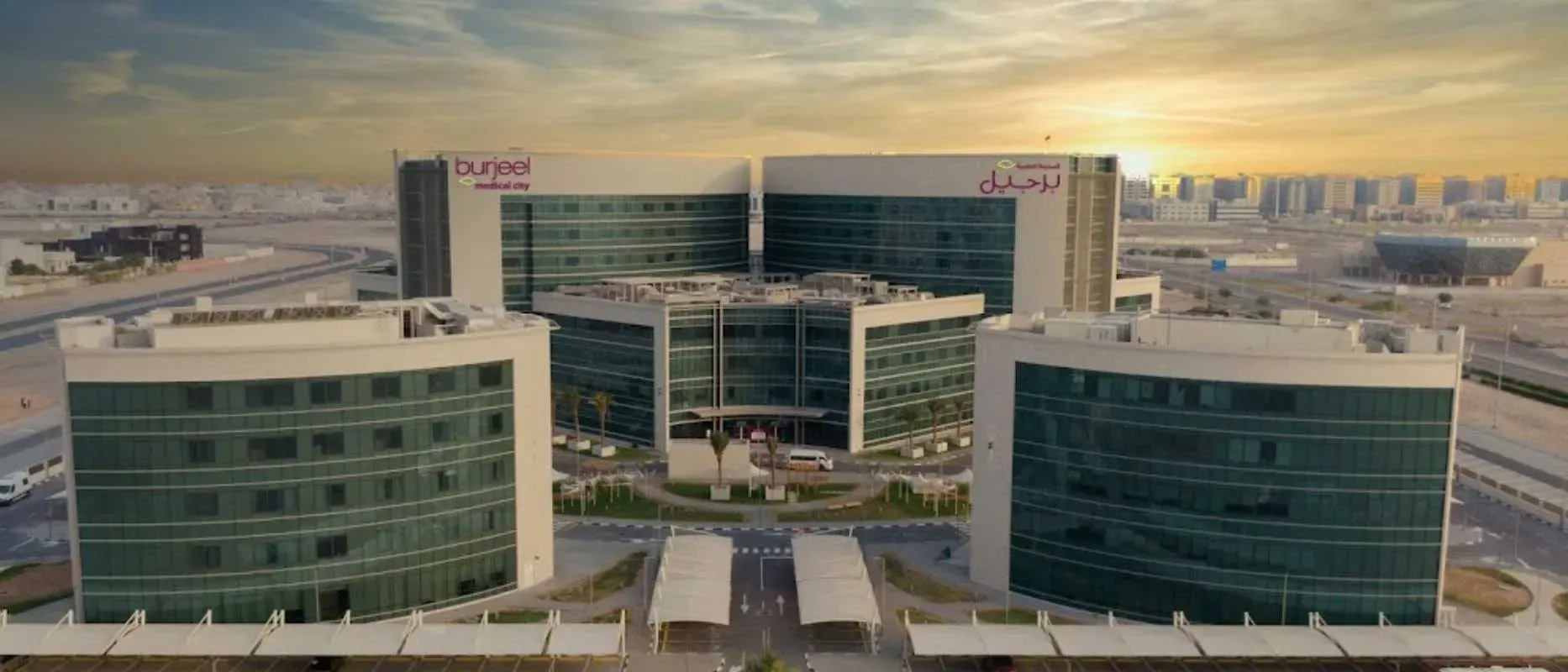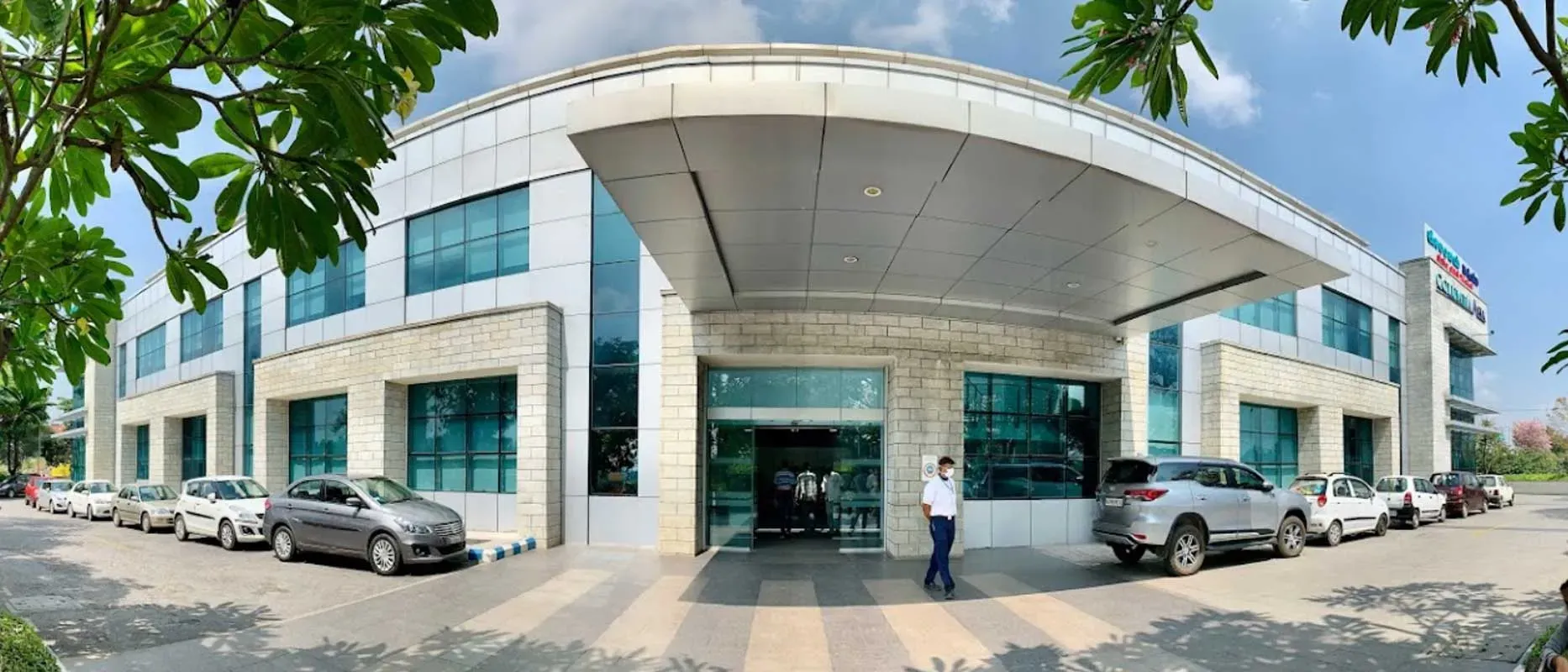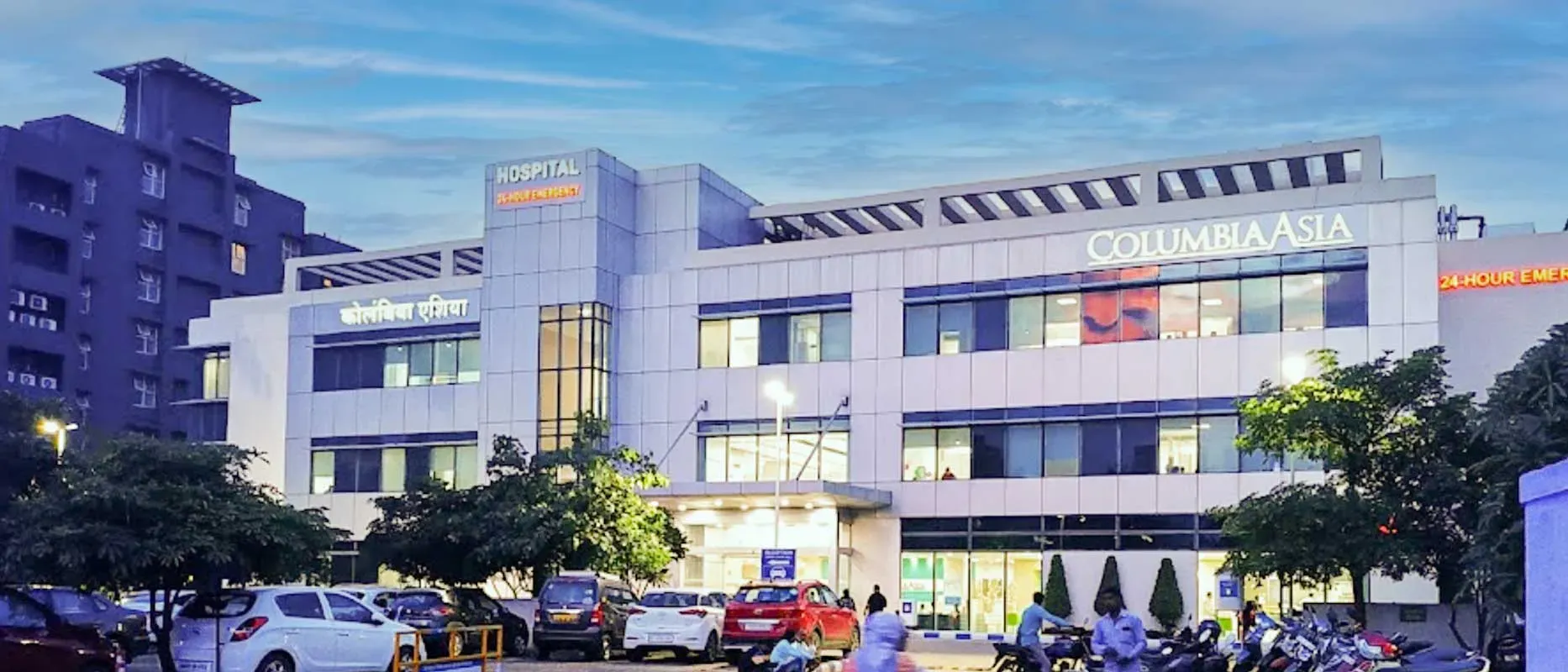Overview of Cosmetic Plastic Surgery Rhinoplasty Treatment India
Rhinoplasty is a medical procedure in which the shape of a nose is changed. It can be performed to deal with the breathing problems or to reshape a nose to a more desired look. A surgery in which the breathing problem is corrected is known as septoplasty. Rhinoplasty is a complex procedure and it requires a skilled professional surgeon to perform the surgery. Rhinoplasty makes very small changes to the shape of the nose but it completely changes the appearance and function of the nose. Rhinoplasty surgery is usually planned according to each individual patient and the specific goals. Swelling after the surgery can be present which is normal and may resolve within 3-4 weeks. People usually go back to their normal life after a week of rhinoplasty procedure but it can vary for each individual. The complete healing after rhinoplasty can take months. Almost all surgical procedures have many risks and complications but rhinoplasty has only few risks and rare complications. Even there is mild to no pain after the procedure which is very common in other surgical procedures. In rare cases, there may be the need for a second surgery to make additional changes when the patient or surgeon finds the results unsatisfactory.
Types of Cosmetic Plastic Surgery Rhinoplasty Treatment India
Some Types of Rhinoplasty Treatments are:
Open Rhinoplasty
Open rhinoplasty is a procedure that involves making a small incision along the tissue between the openings of the nose. It provides better visibility and access to the underlying structures of the nose. Open rhinoplasty is typically used for more complex cases that require major changes in the appearance of the nose.
Closed Rhinoplasty
In this method, incisions are made inside the openings of the nose. Closed rhinoplasty is suitable for simpler cases that require small changes to the structure of the nose. It has the advantage of no external scar formation due to incisions.
Functional Rhinoplasty
This type of rhinoplasty resolves functional issues like breathing difficulties due to abnormal shape of the wall between two openings of the nose or other structural problems. It can also include cosmetic improvements.
Cosmetic Rhinoplasty
Cosmetic rhinoplasty is the most common type of rhinoplasty. It improves the appearance of the nose. It works on the various aspects of the nose such as the bridge of the nose, tip of the nose or nostrils to achieve the desired look.
Reconstructive Rhinoplasty
This technique is used to correct the deformities that are present at birth or the injuries and defects from previous surgeries. Its goal is to restore both function and appearance.
Revision Rhinoplasty
This procedure corrects issues that persist after a previous rhinoplasty or when surgeon and patient are not satisfied with the outcomes of the results.
Non-Surgical Rhinoplasty
Non-surgical rhinoplasty involves the reshaping of the nose by using dermal fillers. It is a less invasive option for minor cosmetic adjustments.
Procedure of Rhinoplasty
The general overview of the Rhinoplasty procedure is described below:
Anesthesia: The anesthesia is given to the patient to make the patient comfortable and pain-free during the procedure.
Incisions: The surgeon makes incisions either inside the nose or outside depending on the type of procedure.
Reshaping: The surgeon reshapes the bone and tissue beneath the skin of the nose to achieve the desired shape and functional changes.
Septum Correction: If there is abnormality of structure of the wall between two openings of the nose then it is straightened to improve breathing.
Closing Incisions: Incisions are closed with sutures and nasal packing or splints might be placed to support the new shape and to minimize swelling.
Recovery: Recovery can be different for every patient. But some medications are used to reduce swelling and pain in the recovery process.
Diagnosis of Cosmetic Plastic Surgery Rhinoplasty Treatment India
Cost of Rhinoplasty Procedure in India
The cost of Rhinoplasty in India ranges from 956 USD to 2511 USD. The cost can vary according to the goals of each patient and the fundamental requirements of the patient. The cost can also vary if there are any complications during or after the procedure.
| Treatment Cost in India |
Min in USD |
Max in USD |
| Rhinoplasty |
1705 USD |
2273 USD |
| Nose Reshaping |
959 USD |
1278 USD |
| Functional Rhinoplasty |
1865 USD |
2486 USD |
Symptoms and Risk factors
Indications of Rhinoplasty
Some of the indications of rhinoplasty are:
- Nose Deformity
- Uneven Nose
- Breathing Problems
- Abnormal separation of two openings of the nose
- Nose Injury
- Nose Tip Adjustment
- Problems related to bridge of the nose
- Wide Nostrils
- Nose Angle
- Cultural Considerations
- Revision Surgery
- Birth Defects
- Aging Changes
- Cosmetic improvements
- Functional and Cosmetic Combination
Risk Factors of Rhinoplasty
Some of the risk factors of rhinoplasty are as follow:
Infection
Harmful bacteria can enter the body through the nose that can lead to redness, swelling, and pain in the surgical area.
Bleeding
There is a risk of blood loss during or after the surgery which may require further medical attention.
Scarring
There is a risk of formation of visible marks on the skin due to incisions made during the surgery.
Breathing Problems
Some patients may experience difficulty in breathing through the nose due to changes in its structure.
Numbness
Poor handling of surgeons can cause temporary or permanent loss of sensation in the nose or surrounding areas.
Skin Issues
Skin irregularities, texture changes, or discoloration around the surgical site is also a risk factor of rhinoplasty.
Anesthesia Complications
Adverse reactions to anesthesia can occur which is used to provide comfort and numbness during surgery.
Revision Surgery
In some cases, there may be the need for additional surgery to correct or improve results from the initial procedure.
Nasal Obstruction
Blockage in the nasal passages can occur after the surgery that hinders airflow and can cause difficulty in breathing.
Swelling
There is a risk of accumulation of fluid and tissue swelling after surgery which is temporary but can last for some time.
Poor Wound Healing
Some patients have slow or compromised healing of the surgical incisions which can lead to delayed recovery.
Dissatisfaction
Patients may not be satisfied with the outcome of the surgery or its effects on appearance and function.
Need for Additional Procedures
There may be the requirement for other treatments or surgeries to manage complications or for more desired improvements.
Top Hospitals for Rhinoplasty in India
Shaping the future of the healthcare institution and establishing the path to accomplishment.
Top Doctors for Rhinoplasty in India
Empower your Health with the Expertise of Leading Medical Professionals.
Treatment Costs for Rhinoplasty
Be the change and be an opportunist in transforming healthcare.
How it's Works
Guiding your Journey from Discovery to Treatment Planning and Beyond.
Discovery
Get a consultation to discover about your treatment
Pre-Treatment
Admission to the best hospital and all pre-treatment facilities
Post Treatment
Get post-treatment follow-up care with medicine fulfillment
Treatment Planning
Hassle-free treatment planning with package & cost estimations
in-treatment
world-class quality procedures and equipment for treatment


























